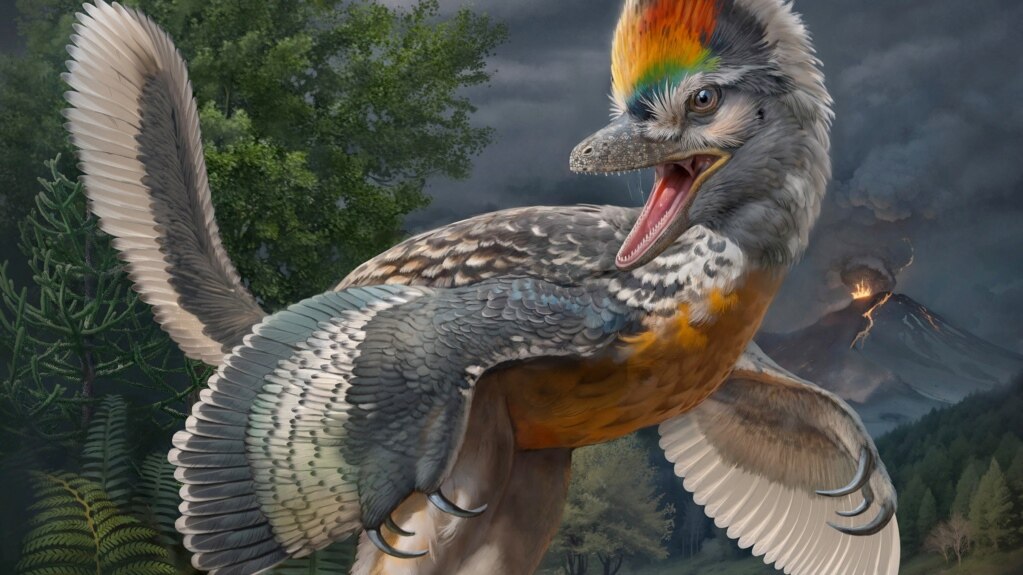About 148 to 150 million years ago, a strange chicken-sized and bird-like dinosaur with long legs and arms much like wings lived in southeastern China. Its unusual body suggests it was either a fast runner or lived near water.
Scientists said last week they had unearthed in the Fujian area the fossil of a dinosaur they named Fujianvenator prodigiosus. They say it lived during the time in Earth’s history called the Jurassic Period.
The new dinosaur find provides more information about an important stage in how birds developed, or evolved, the researchers say.
The question of whether the dinosaur should be called a bird depends on how one defines a bird, said study leader Min Wang. He is a paleontologist at the Institute of Vertebrate Paleontology and Paleoanthropology of the Chinese Academy of Sciences.
Asked for a word to describe Fujianvenator, Wang answered, “I would say ‘bizarre.’ Fujianvenator is far from similar to any modern birds.”
Birds evolved from a grouping of dinosaurs known as theropods in the late Jurassic. The oldest known bird, Archaeopteryx, dates to around 150 million years ago in Germany.
Fujianvenator is a member of a grouping called avialans that includes all birds and their closest non-bird dinosaur relatives, Wang said.
The fossil was discovered last October. It is mostly complete but lacks the animal’s head and part of its feet. That makes it hard for scientists to suggest what it ate and how it lived.
Fujianvenator’s lower leg bone – the tibia – was twice as long as its upper leg bone – the femur. These sizes are exceptional among theropods. The theropod group includes all the meat-eating dinosaurs like Tyrannosaurus.
Wang said that Fujianvenator did have wings, but it is not clear if it could fly. Wang said, if it did fly it probably did not fly well, based on its bone structure.
Wang said the fossil did not include feathers. But, the animal’s closest relatives and almost all bird-like theropods have feathers. Many dinosaurs had feathers, also.
Wang said, “It would not be a surprise if Fujianvenator had feathers .”
Based on its long legs, the researchers suggested it lived in two possible ways – either as a fast runner or near water, similar to birds like cranes or herons.
Wang has an opinion on the mystery: "I would put my money on runner," the scientist said.
I’m Gregory Stachel.

